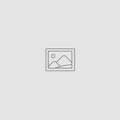Understanding How Long Does Weed Stay in Your System: A Clear Guide
Mar 04, 2024
The duration that weed remains detectable in your system can vary widely, influenced by factors like frequency of usage and metabolism. This article explores these factors and examines how they affect drug test results for marijuana, providing context and clarity on the topic of “how long does weed stay in your system,” which can often seem confusing.
Key Takeaways
- The detection of THC metabolites in the body is influenced by multiple factors like dosage, usage frequency, metabolism, and BMI, making it difficult to pinpoint a consistent timeframe for how long weed stays in one’s system.
- Urine tests are the most common form of drug testing for marijuana, with detection times ranging from 3 to 30 days based on frequency of use, whereas hair follicle tests can trace THC use up to 90 days.
- Blood tests detect active THC and are adept at identifying recent use within hours to up to 7 days for heavy users, while saliva tests are designed for detecting recent use within a short window, making them suitable for workplace safety applications.
Understanding THC Metabolites and Detection Times

Drug testing for marijuana primarily involves the detection of THC metabolites. These substances, particularly THC-COOH, are lipophilic, meaning they dissolve in fats. This allows them to be stored in fat cells, persisting in the system longer than other recreational drugs. This property has profound implications for how long weed stays in your system and how drug tests detect marijuana.
Many factors influence the duration that THC metabolites can be detected in your system, making it impossible to give a universal timeframe. These factors include:
- Dosage
- Usage frequency
- THC potency
- Consumption method
- Metabolism
- Gender
- Hydration levels
- Body mass index (BMI)
- Genetics
As such, tracking marijuana detection times can be quite a complex affair.
The Breakdown: How Your Body Processes THC
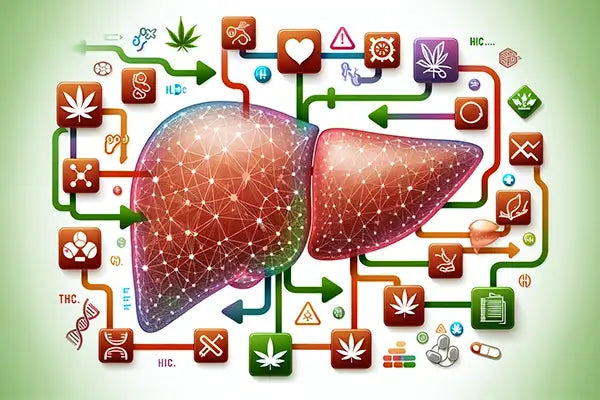
The processing of THC by your body, whether from smoking cannabis or ingesting marijuana, is not straightforward but rather intricate. In your liver, THC is metabolized into two main metabolites, 11-hydroxy-THC (which is psychoactive) and 11-nor-9-carboxy-THC (which is not psychoactive), by the action of enzymes CYP2C and CYP3A.
The elimination of THC from the body is influenced by several factors, including:
- The overall quantity and frequency of consumption
- The storage of excess THC in fat cells
- Individual metabolic rates
- Genetic variations in metabolic enzymes
The bioavailability of THC, or how much THC reaches the bloodstream and can be active, also varies based on the method of consumption. Inhaled THC is more readily absorbed compared to ingested THC.
Urine Test Insights: The Most Common Method to Detect Marijuana
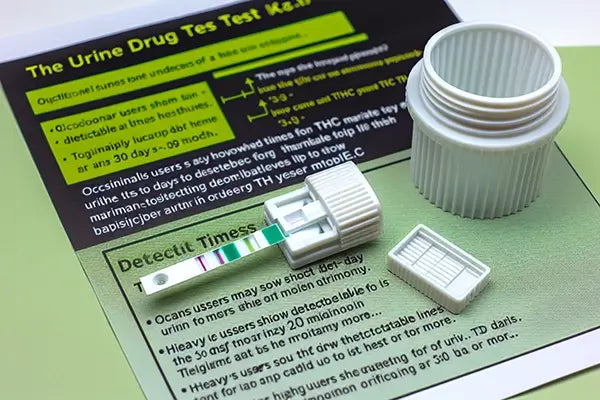
Urine tests, the most common method to detect marijuana, have their own specifics and intricacies. These tests primarily detect THC metabolites, with about 20% of these metabolites being excreted through urine. The predominant THC metabolite tested for in urine tests is known as 11-Nor-9-carboxy-THC, or THC-COOH.
The length of time marijuana stays in your system, as detected by a urine test, varies significantly. Occasional marijuana users typically show detectable THC metabolites in their urine from 3 to 10 days after use, whereas heavy users can yield positive results for up to 30 days or more.
Factors Influencing THC Retention in Urine
Several factors determine the duration THC remains detectable in your system through urine tests. For instance, chronic marijuana users are likely to retain THC in their system for a longer period compared to occasional users due to cumulative effects. Heavier and more frequent marijuana use, too, can result in positive urine tests for longer durations after the user has stopped consuming it.
An individual’s body mass index (BMI) can also affect the duration THC is detectable in urine, with higher BMI potentially leading to longer retention times. Even hydration levels can swing the pendulum. Dehydration can increase THC concentration levels in the body, which may lead to more positive outcomes in urine tests.
Hair Follicle Testing: A Longer Window for Weed Detection
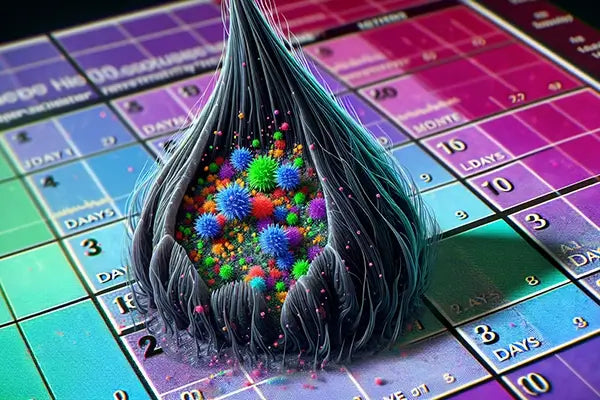
Moving on, we’ll focus on hair follicle testing, also known as hair tests. This method, which includes the hair test, offers a longer window for weed detection, with the potential to trace THC use up to 90 days in the past by testing the most recent 1.5 inches of hair.
However, this detection window varies with marijuana ingestion frequency. Single use may be detectable for about 3 days, while regular use can be detected for up to 30 days or more. In a study, hair follicle tests identified THC exposure up to 30 days prior, with a positive identification in 77% of heavy users and 39% of light users.
Heavy users of cannabis can be detected through hair follicle testing for up to three months.
Saliva Testing: Quick Detection for Recent Use
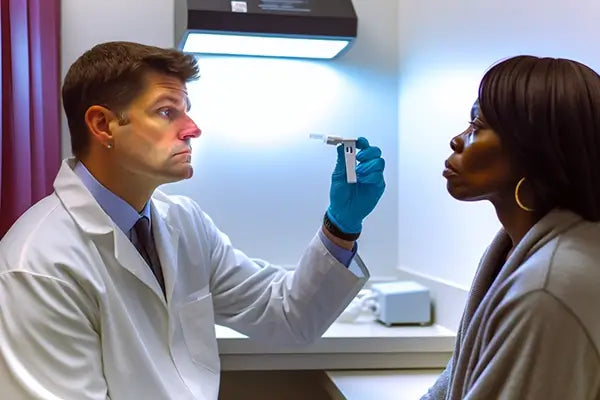
Contrarily, saliva tests provide immediate detection for recent use. These tests detect the presence of Δ9-THC, which is the active molecule in cannabis that remains in the mouth after smoking. The standard cut-off level for a positive THC saliva test is 10 ng/ml, which reflects recent use.
Saliva tests are intended for detecting usage within a narrow window, typically registering positive within 4 to 6 hours post-consumption. THC has a short detection window in saliva, typically ranging from 2 to 24 hours, which is a key indicator of recent consumption. As such, saliva tests are particularly useful in practical scenarios, especially within workplace environments, to ascertain recent marijuana use and maintain safety.
Blood Tests: Short-Term Detection of Active THC
Blood tests occupy a unique space in the landscape of drug testing. Unlike urine and hair follicle tests, blood tests detect the presence of active THC rather than its inactive metabolites. This means that blood tests are particularly adept at identifying recent use.
For infrequent users, THC can be detected in the blood for a few hours, while for heavy or frequent use, detection can last up to 7 days. However, blood tests are not typically used for routine drug screening as THC concentrations in the bloodstream decrease significantly approximately 3-4 hours after consumption.
The Role of Fat Cells in Storing THC
The reason THC remains in your system has much to do with fat cells’ ability to store THC. Due to its high lipid solubility, THC is rapidly distributed into the brain and other organs after consumption, where it binds to fat molecules. This fat solubility enables THC to stay in your system longer, especially in individuals with higher body fat concentrations.
For chronic users, THC can accumulate in fat cells which may prolong the detection window, with potential identification of THC use for up to 90 days. Indeed, THC can be stored in fatty cells and remain detectable for up to thirty days.
Can Secondhand Smoke Affect Drug Test Results?
A frequently asked question is whether exposure to secondhand marijuana smoke can influence drug test results. Research suggests that it is possible but unlikely for secondhand cannabis smoke to cause a positive drug test, with positive results being a rare occurrence and most likely limited to the period immediately following exposure.
The likelihood of a non-smoker testing positive for cannabis after exposure to secondhand smoke increases if the smoked cannabis has a higher THC potency. However, the risk decreases significantly with better room ventilation.
Eliminating THC from Your System: Myth vs. Reality
There are countless myths circulating online about how to rid THC from your system. Some suggest that drinking excessive water, exercising, or taking detox supplements can speed up the detox process. However, these methods lack scientific backing and can even lead to adverse outcomes.
In reality, the only effective ways to remove THC from the system over time are through abstinence and the body’s natural metabolic processes. It’s a reality that may not be as exciting as quick-fix detox myths, but it’s one grounded in science.
Understanding Marijuana Use Disorder and Its Treatment
Apart from understanding the science of THC detection, it’s crucial to acknowledge marijuana use disorder. This recognized condition can result in severe withdrawal symptoms, signifying a potential addiction risk. Approximately 3 in 10 people who use marijuana may develop marijuana use disorder, while around 10% of cannabis users may become addicted.
Symptoms of marijuana use disorder, which can be a form of drug abuse, include cravings, inability to cut down or control usage, and withdrawal symptoms during cessation. Treatment options include behavioral therapies and ongoing research into potential medications. American addiction centers can provide support and guidance for those struggling with this disorder.
Navigating Legal Implications and Workplace Drug Policies
Legal considerations and workplace policies around drug testing further complicate this matter. Different types of drug tests have varying windows for detecting marijuana in the system. Federal workplace drug testing follows certain guidelines, requiring urine and oral fluid testing for drugs including marijuana.
Despite state legalization, the Drug-Free Workplace Act of 1988 obligates federal contractors and grantees to ensure a drug-free work environment, which includes cannabis. However, employers in legalized cannabis states may still test for drugs, with legal restrictions and protections for employees varying by state.
Summary
In unraveling the mystery of how long weed stays in your system, we’ve explored the science of THC detection, the various testing methods, the role of fat cells in storing THC, and the legal and workplace implications of drug testing. Understanding these elements is crucial not only for those facing drug tests but also for anyone interested in the science behind THC and its impact on our bodies.
Frequently Asked Questions
How long do gummy edibles last?
The effects of gummy edibles can take up to 1 hour to kick in and may last for 6 or more hours, as opposed to smoking or vaping THC, which tends to last 1–4 hours. Therefore, gummy edibles offer a longer-lasting experience without some of the risks of smoking cannabis.
How long does Delta 8 stay in your system?
Delta-8 can stay in the body for a similar amount of time as delta-9 THC, ranging from 2 to 15 days depending on usage frequency.
How long does weed last in Ziploc?
Weed stored in a Ziploc bag will start to lose its potency and flavor after about a week or two due to oxygen seeping in, so it's best to consume it within that time frame.
Does Delta 8 show up on drug tests?
Yes, Delta-8 THC can show up on a drug test and cause a positive result for cannabis, so it's best to avoid delta-8 products if you know you'll be tested.
How long can weed stay in your system?
The length of time weed stays in your system depends on various factors such as dosage, frequency of use, THC potency, and metabolism. These factors can influence detection methods and individual differences, ultimately affecting how long weed remains in the system.


